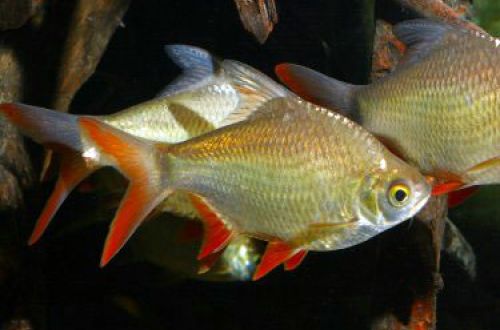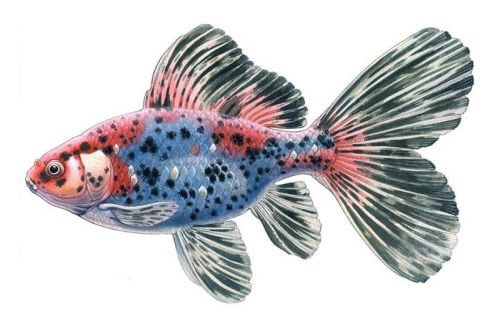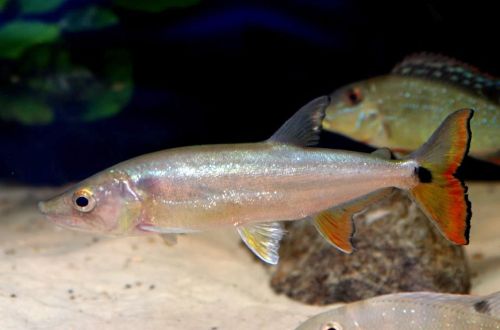
Toothpick Lau-Lao
Catfish Lau-lao, the name Brachyplatystoma vaillantii, belongs to the family Pimelodidae (Pimelod or flat-headed catfishes). Large carnivorous fish. It is practically not found in amateur aquaristics due to the high costs associated with its maintenance.

Contents
Habitat
Comes from South America. Previously, this type of catfish was considered endemic to the river systems of French Guiana. However, later it was found that it occurs in almost all major river basins, including the Amazon and Orinoco. Inhabits the main channels and rarely tributaries, preferring deep-water areas, where it is located mainly in the bottom layer.
Brief information:
- The volume of the aquarium – from 1500 liters.
- Temperature – 22-28°C
- Value pH — 6.0–8.0
- Water hardness – 1–21 dGH
- Substrate type – sand, gravel
- Lighting – subdued
- Brackish water – no
- Water movement – any
- The size of the fish is about 1 meter
- Food – different fish
- Temperament – conditionally peaceful
- Content alone or in a group
Description
Adults reach a length of about a meter. The color is dark gray changing to light in the lower part. The caudal fin is deeply forked with narrow lobes almost equal in length. Long whiskers are located on the head, helping to find food in dark waters.
Food
In nature, it preys on other fish, and does not disdain carrion. In an artificial environment easily adapts to alternative products. It can be both specialized commercial feeds and self-prepared ones, for example, shrimp, mussels, squid, white fish, etc. Feed once a week in a fairly large portion.
Maintenance and care, arrangement of the aquarium
The content of Catfish Catfish Lau-lao is possible only in large tanks from one and a half thousand liters. Maintaining high water quality in such volumes is a difficult task, especially without automating some processes. In particular, the obligatory procedure for weekly replacement of hundreds of liters of water with fresh water without a drain / supply system will be an extremely time-consuming task. The installation and maintenance of such aquariums, which, together with the equipment and decoration, weigh several tons, is associated with a number of costs (construction work with the pulling of engineering communications) and require large financial costs and time. Given all of the above, we can conclude that this type of catfish does not belong to the category of amateur aquariums. It is acquired mainly by wealthy enthusiasts or is kept in large public aquariums.
Behavior and Compatibility
Despite the carnivorous diet and large size, this is a fairly peaceful catfish, able to get along with other fish of a comparable size. Of course, any fish that can fit in his mouth will certainly be eaten.
Breeding / breeding
In the natural habitat, the breeding cycle is associated with long migrations, when sexually mature catfish rush to the upper reaches of the rivers to give new offspring. Fry and young fish then return to the mouth. The total length of the route is over 3500 km. It is impossible to recreate similar conditions in an artificial environment, therefore the Catfish Lau-lao is not bred in aquariums. Individuals caught in the wild are on sale.
Fish diseases
The cause of most diseases is unsuitable conditions of detention. A stable habitat will be the key to successful keeping. In the event of symptoms of the disease, first of all, the quality of the water should be checked and, if deviations are found, measures should be taken to correct the situation. If symptoms persist or even worsen, medical treatment will be required. Read more about symptoms and treatments in the Aquarium Fish Diseases section.





